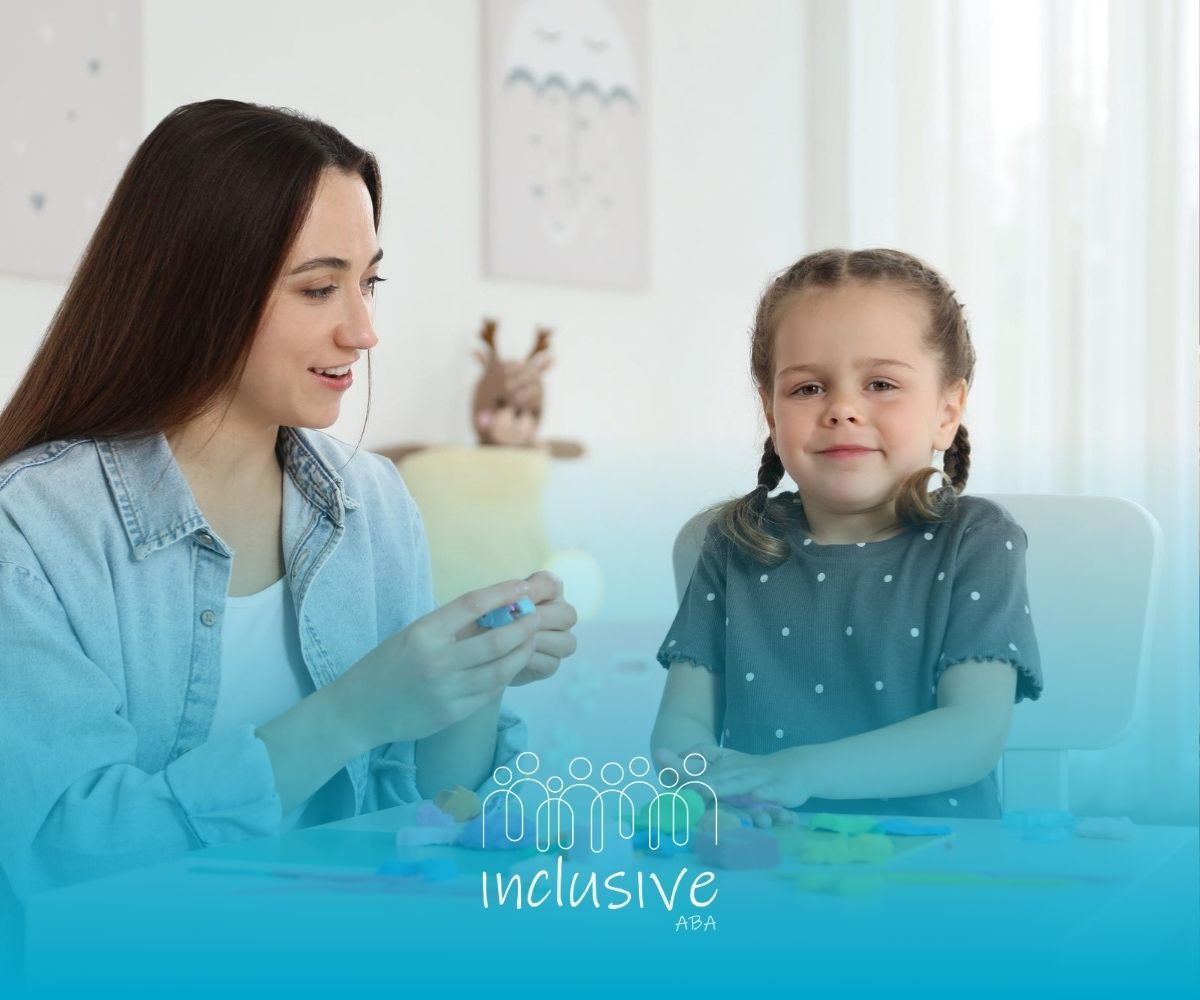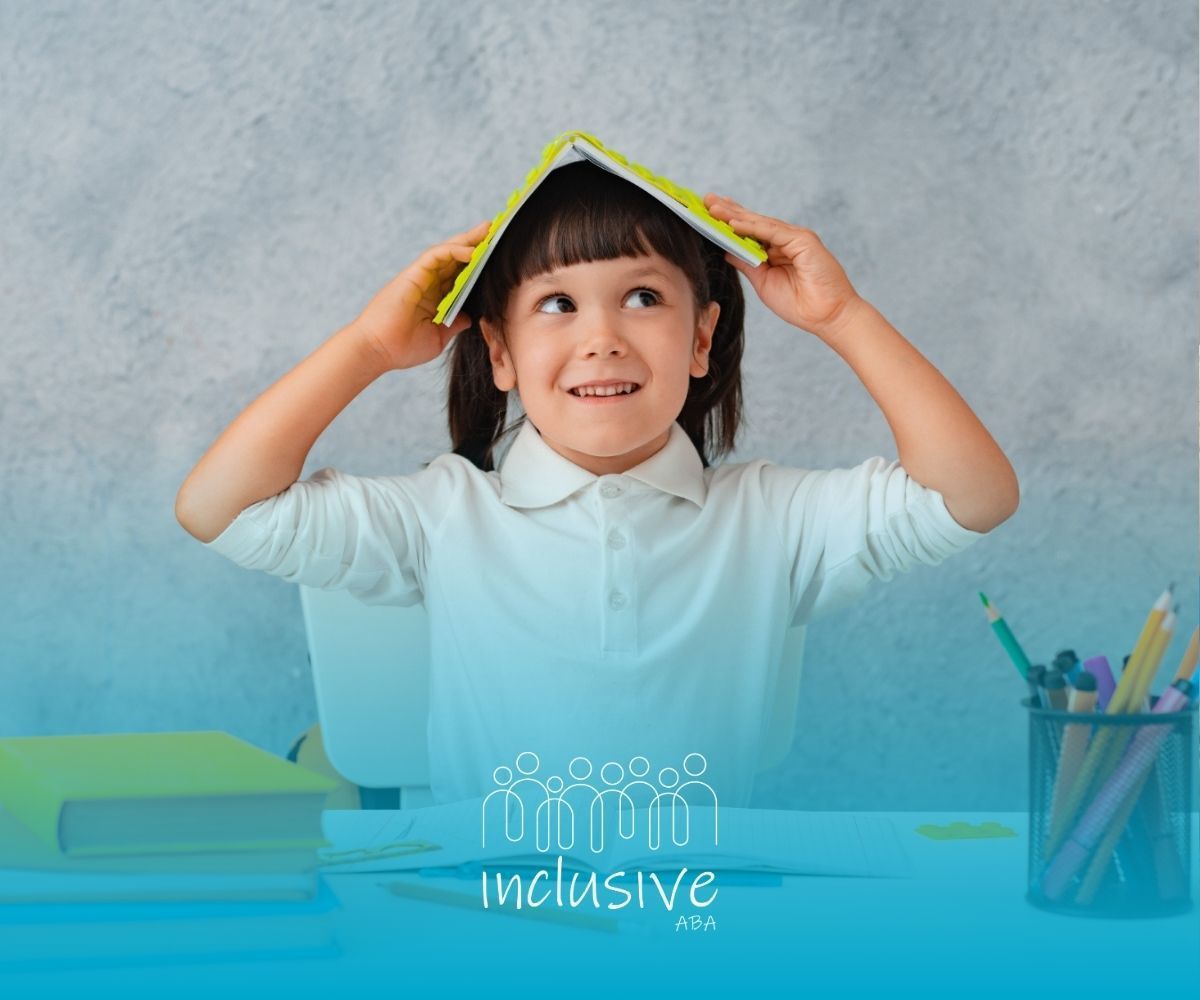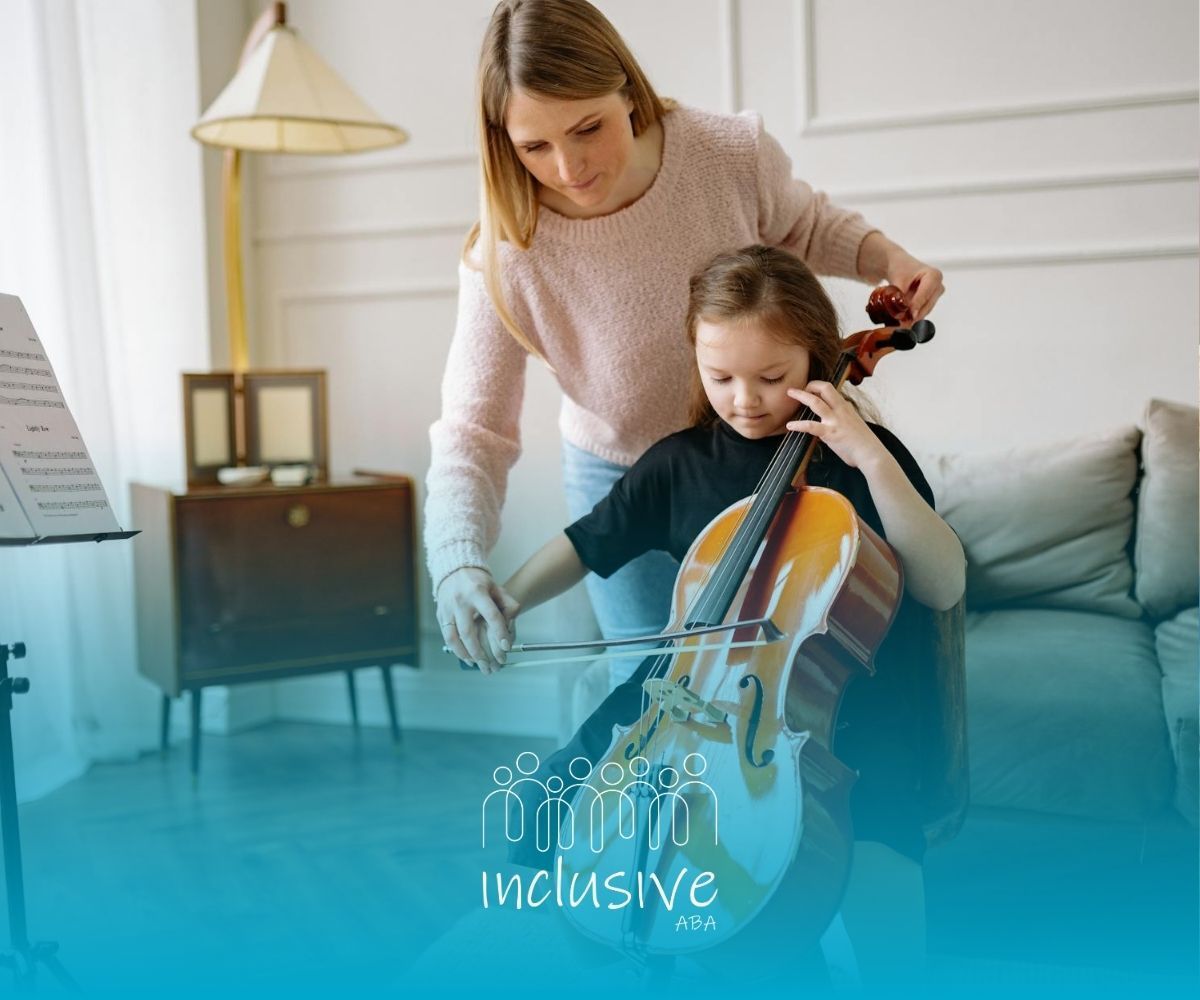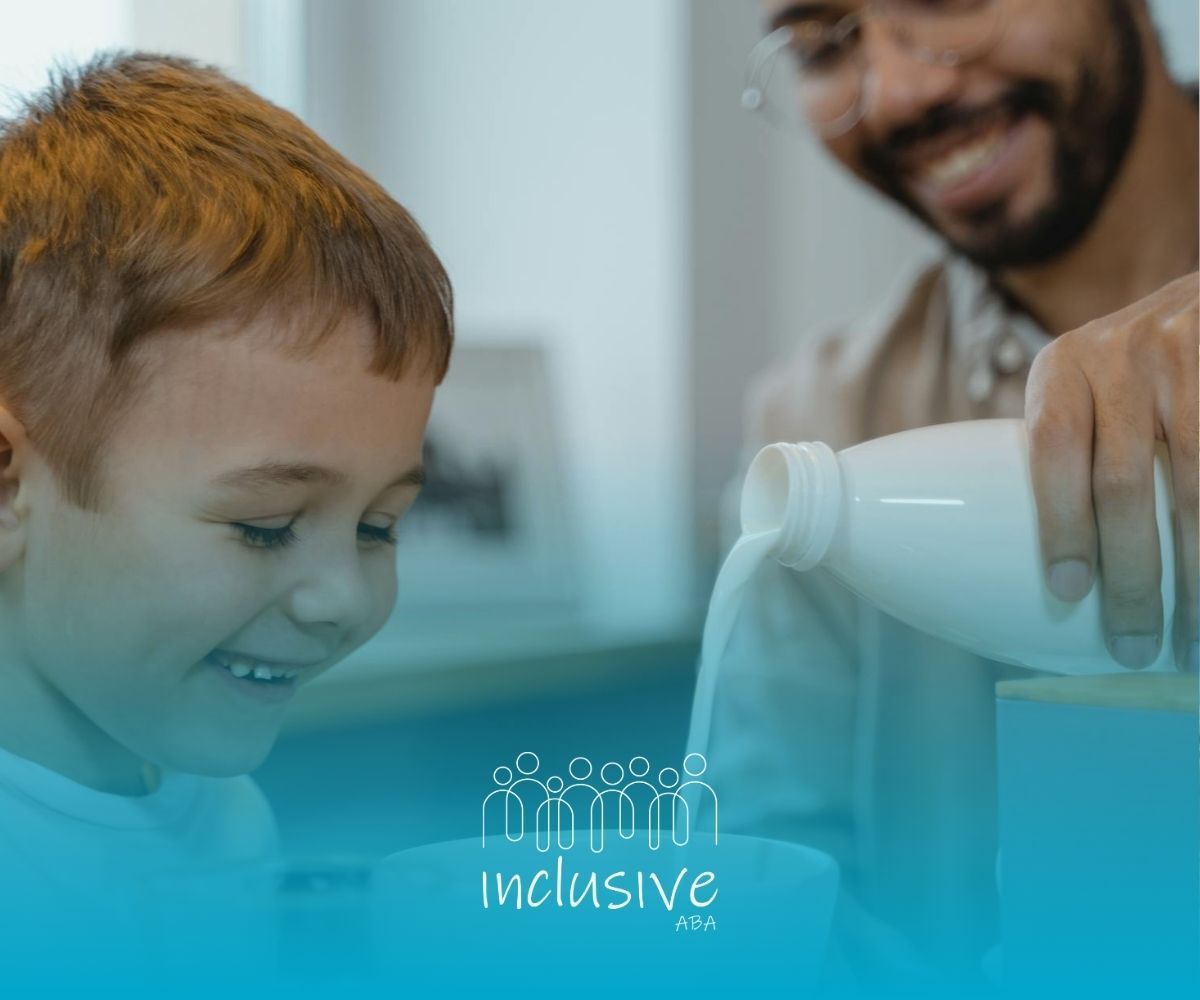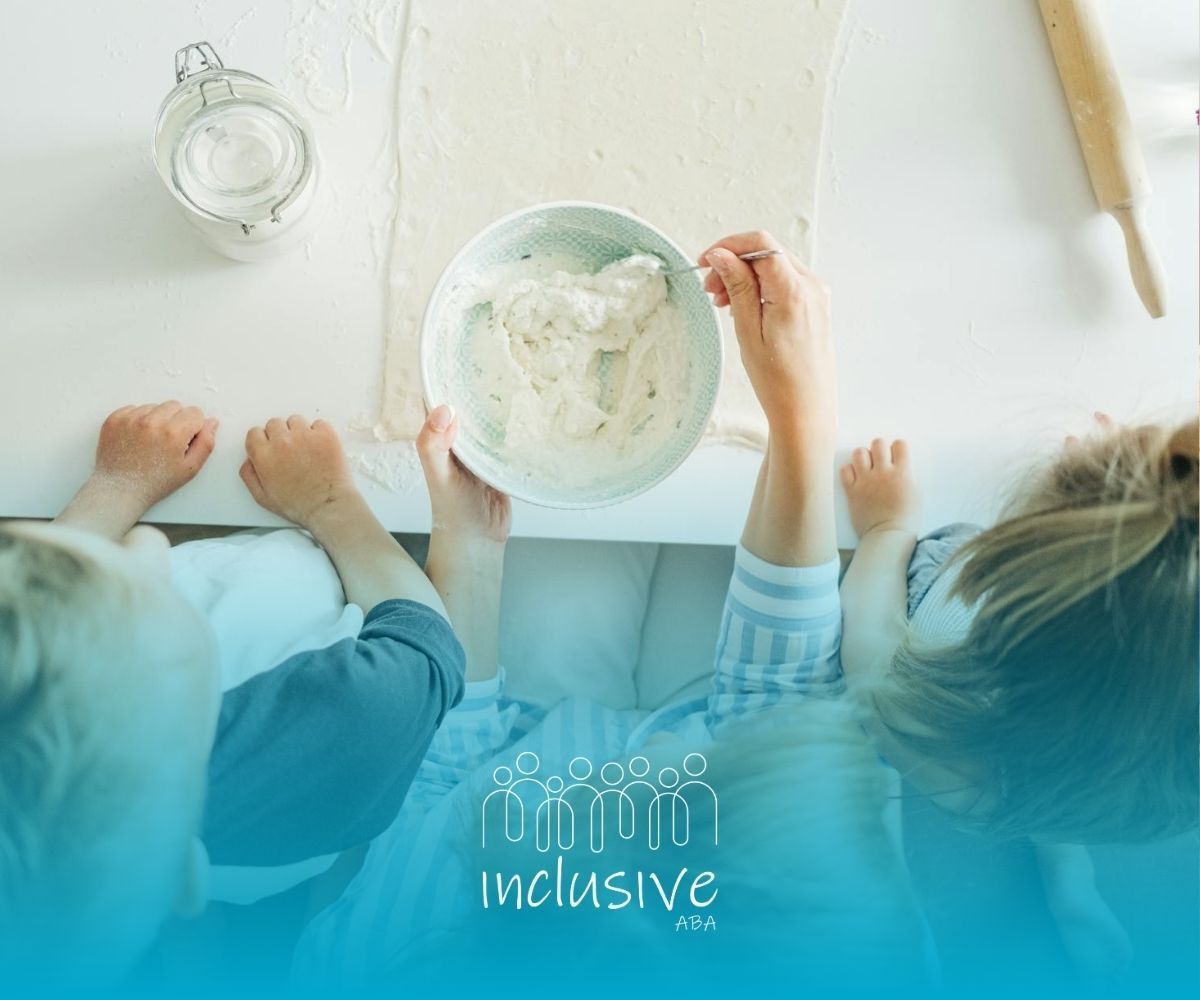
Individualized Learning for Autism: Creating a Path to Success
Every autistic child has unique strengths and challenges when it comes to learning. While some flourish in structured settings, others need flexibility and movement. That’s why individualized learning is so powerful—it meets children where they are and helps them grow in ways that feel natural to them.
Understanding the Importance of Individualized Learning
As an ABA professional, I’ve seen firsthand how no two autistic children learn the same way. Individualized learning is not just beneficial—it’s essential.
Every child with autism has their own strengths, challenges, and ways of processing the world. By tailoring education to meet their specific needs, we can create an environment where they feel supported, confident, and eager to learn.
Personalized learning strategies go beyond traditional teaching methods. They help autistic children stay engaged, develop communication skills, gain independence, and minimize anxiety. When we take the time to understand a child's unique learning style, we can make learning not just possible but enjoyable.
Key Benefits of Individualized Learning
Key Benefits of Individualized Learning
Enhanced Engagement
Tailored approaches capture the child's interest and encourage participation.
Improved Communication
Strategies can be adapted to support a child's specific communication style.
Greater Independence
Individualized plans help children develop skills for self-sufficiency.
Reduced Anxiety
Customized learning environments minimize stress and sensory overload.
Better Academic Performance
Focused strategies lead to improved understanding and retention of information.
By prioritizing individualized learning, parents, teachers, and therapists can work together to create an education plan that truly meets the needs of each autistic child.
Identifying a Child’s Learning Needs
One of the most important steps in individualized learning is identifying how an autistic child learns best. In my experience, children with autism often fall into one (or more) of these learning categories:
Recognizing Different Learning Styles
- Visual Learners: These children benefit from seeing information in pictures, diagrams, or written text. They tend to grasp concepts faster when they can visualize them.
- Auditory Learners: Some children prefer listening to instructions, discussions, or music. They might enjoy verbal storytelling and repeating information aloud.
- Kinesthetic Learners: Hands-on activities and movement help these learners engage. They often excel when learning through experience.
- Social Learners: Some children thrive in group settings, learning best through peer interaction and collaboration.
Identifying a child’s learning style provides valuable insights into how we can present information in ways that make sense to them.
Tailoring Education to Fit Individual Needs
Once we recognize a child’s preferred learning style, we can develop a personalized education plan that plays to their strengths while addressing challenges. Here are a few key strategies that I often recommend:
- Customized Learning Materials: Adapting materials to fit a child’s learning style—like using infographics for visual learners or audiobooks for auditory learners—makes a big difference.
- Flexible Teaching Methods: A mix of visual, auditory, and hands-on activities keeps children engaged and improves comprehension.
- Setting Realistic Goals: Small, measurable goals help build confidence and a sense of accomplishment.
- Regular Progress Monitoring: Frequent assessments allow us to tweak learning plans as needed to ensure continued success.
By taking this approach, we create a learning experience that is not only effective but also empowering for the child.
Strategies for Effective Individualized Learning
Using Visual Supports and Schedules
Visual supports are incredibly effective for many autistic children. Tools like visual schedules, charts, and diagrams help break down daily activities, making transitions smoother and expectations clearer.
For example, a child who struggles with transitions might benefit from a picture-based daily schedule showing each activity with an image. This allows them to anticipate what comes next, reducing anxiety and improving their ability to follow routines.
Creating a Sensory-Friendly Learning Environment
Autistic children often have sensory sensitivities, so their learning environment plays a huge role in their success. In my experience, small adjustments can make a world of difference. Here’s what I recommend:
- Quiet Spaces: Having a designated quiet area at home helps children take breaks when they feel overwhelmed.
- Soft Lighting: Avoiding harsh fluorescent lights can reduce sensory discomfort.
- Comfortable Seating: Options like bean bags or sensory cushions can help children focus.
- Sensory Tools: Items like fidget toys or weighted blankets can provide calming input and aid concentration.
Creating a sensory-friendly space ensures that children feel safe and comfortable, allowing them to focus on learning.
Encouraging Hands-On and Interactive Learning
For kinesthetic learners, movement-based activities are key. Instead of traditional desk-based learning, I suggest:
- Using manipulatives: Blocks, puzzles, or textured letters can reinforce concepts in a hands-on way.
- Incorporating movement breaks: Short breaks for jumping, stretching, or dancing can help maintain focus.
- Making lessons interactive: Games, experiments, or role-playing activities make learning more engaging and memorable.
When learning feels like play, children are more likely to participate and retain information.
At Inclusive ABA, we believe in meeting every child where they are and guiding them toward success with personalized strategies and compassionate support. If you’re looking for expert guidance in helping your child learn in a way that works for them, we’re here to help.
📞 Call us at 888-912-7893 or 📧 email info@inclusiveaba.com to learn more about our ABA therapy services and how we can support your child’s learning journey.
FAQs
What is individualized learning for autism, and why is it important?
Individualized learning for autism tailors educational strategies to meet the unique strengths, challenges, and learning styles of each autistic child. It is important because it fosters engagement, improves communication, reduces anxiety, and enhances academic and social outcomes by addressing the specific needs of the child.
How can parents identify their child’s learning style?
Parents can observe how their child interacts with the world. For example:
- Visual learners respond well to pictures, diagrams, or written instructions.
- Auditory learners prefer listening to instructions or music.
- Kinesthetic learners thrive with hands-on activities and movement.
Consulting with educators or therapists can also help pinpoint a child’s learning preferences.
What are some effective strategies for individualized learning?
Effective strategies include:
- Using visual supports like schedules or charts.
- Incorporating a child’s special interests into lessons to boost engagement.
- Creating sensory-friendly environments with tools like fidget toys or quiet spaces.
- Setting realistic, measurable goals and regularly monitoring progress.
Sources:
- https://www.autismspeaks.org/tool-kit-excerpt/autism-classroom-strategies
- https://www.nu.edu/blog/4-teaching-strategies-for-students-with-autism/
- https://www.webmd.com/brain/autism/individualized-education-programs-ieps-for-autism
- https://pmc.ncbi.nlm.nih.gov/articles/PMC4028162/
- https://pmc.ncbi.nlm.nih.gov/articles/PMC6693574/
- https://www.eschoolnews.com/district-management/2018/11/14/how-individualized-supports-for-students-with-autism-promote-success-in-the-mainstream-classroom
Looking for Expert Help? We're Here for You!
Our compassionate and skilled team is devoted to enhancing your child's development through customized ABA therapy. Let us partner with you to create a supportive environment for your child's success.
Discover how we can help your family thrive with expert ABA therapy.
Send a Fax
303-616-1189
Mon-Fri: 9Am to 5.30 Pm
Sat- Sun: Closed




